According to the New York Times, Asia - the world's most populous region, accounting for about 60% of the global population - is facing a difficult problem: the aging population crisis. Asia's population is aging at a faster rate than any other continent. According to the United Nations Population Division, the number of people aged 65 and over is expected to double in the next 3 decades to reach 1.6 billion by 2050, with Asia leading the trend.
Accordingly, the increasing proportion of people over 65 in Japan, South Korea and China is causing difficulties for the economies of these countries due to labor shortages, putting pressure on the health care system. At the same time, their governments are struggling to find sources of money to support retirees.
The aging population crisis in Asia
Japan is facing an unprecedented population crisis, with the birth rate falling to a record low by 2022, despite years of government efforts to reverse the trend, CNN reported.
According to recent data released by the Japanese Ministry of Health, the country recorded 799,728 births in 2022, the lowest number recorded in the past 40 years. The current fertility rate in Japan is 1.34% – significantly lower than the level (2.1%) needed to maintain a stable population, in the absence of immigration. Meanwhile, the cherry blossom country also witnessed a record death rate since the post-war period with more than 1.58 million people.

In 2022, Japan continued to record a record low birth rate. Photo: Reuters
Japan also has one of the highest life expectancies in the world . About a third of Japan's population is over 65, compared to about 17 percent in the United States, said Motoko Rich, Japan bureau chief for The New York Times.
These worrying trends led Prime Minister Fumio Kishida to warn in January that Japan was “at risk of being unable to maintain social functions.”
South Korea shares the same demographic crisis story as Japan, with its birth rate continuing to decline to 0.78% in 2022, its lowest level since 1970. This makes South Korea the only country in the world with a birth rate below 1%.
According to the latest data from the Korean statistics agency, a total of 249,000 children were born in 2022, down 4.1% from last year and the third consecutive year that deaths exceeded births in Asia's fourth-largest economy.
Meanwhile, in China, after more than 60 years, the country recorded its first population decline in 2022. According to the latest data released by the National Bureau of Statistics of China (NBS) in early 2023, the country's population decreased by 850,000 people compared to the same period last year to 1.4118 billion people in 2022.
The birth rate was at a record low of 6.77 per 1,000 people, down from 7.52 last year. Meanwhile, the death rate last year was 7.37 per 1,000 people, the highest since 1974. In addition, the number of people over 60 in the world's second-largest economy was 280.04 million, up 18.9% from 2021.
Cause and effect
The New York Times points out that the reasons for Asia’s aging population are low birth rates, high living costs, limited space and lack of childcare support in Japan and South Korea, which make raising children more difficult, meaning fewer couples are having children. Urban couples also tend to live separately and far from relatives who could help with childcare.

Aging populations put pressure on health care and pension systems in Asian countries. Photo: Bloomberg News
According to research from financial institution Jefferies, in 2022, Japan and South Korea are among the countries with the most expensive child-raising costs in the world. Meanwhile, the average real annual household income in Japan fell from 6.59 million yen ($50,600) in 1995 to 5.64 million yen ($43,300) in 2020.
In China, it’s because of the deep consequences of the longstanding one-child policy. The policy was introduced in the 1980s and abolished in 2015 to encourage couples to have children. But it hasn’t helped. The high cost of living, education, and soaring housing prices, as well as fewer job opportunities and work pressures, have made raising children expensive.
Attitudes toward marriage and family have also changed in recent years in the aforementioned Asian countries, with many couples postponing marriage and childbearing during the pandemic. Meanwhile, more and more young people are pessimistic about the future, especially in the context of slowing economic growth.
In general, low birth rates in these economies pose long-term risks to the economy, such as shrinking the workforce, which in turn slows economic growth. In addition, rapidly aging populations put pressure on health care systems and increase welfare spending, which could be used to promote entrepreneurship, research, and other activities that drive national prosperity.
What measures are proposed?
Population aging is considered a "chronic headache" for Japan's economy and society. The government has implemented many measures and policies to improve the situation. Recently, Tokyo announced that it will establish a new agency in charge of this issue next April. Prime Minister Kishida also wants the government to double spending on child-related programs, such as increasing child care subsidies along with after-school care initiatives.

China recorded its first population decline in more than 60 years in 2022. Photo: AP
“When thinking about the sustainability and inclusiveness of the nation’s economy and society, we put child-rearing support as our most important policy,” Kishida said, adding that Japan “simply cannot wait any longer” to address the nation’s declining population.
Similar to Japan, the Korean government has also proposed various initiatives such as extending paid maternity leave, encouraging men to contribute to childcare and housework, providing subsidies for families with children under one year old, creating better job opportunities for young people, easing immigration policies, etc.
Chinese authorities have also stepped up efforts to encourage couples to have children, including a multi-agency plan announced last year to extend maternity leave and provide tax credits and other benefits to families who have more children. Local governments in China have even offered cash incentives to encourage couples to have more children. China has also recently proposed easing some regulations on single mothers.
However, not all of these measures have had the desired results. Many experts and citizens believe that governments need to provide more support throughout a child’s life and that governments need to address the deep-rooted socio-economic issues at hand.
Vinh Khang (according to CNN, New York Times)
Source












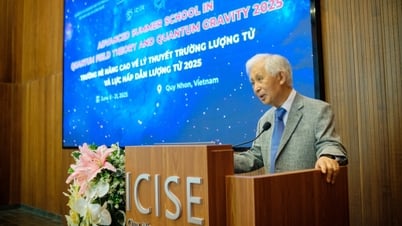

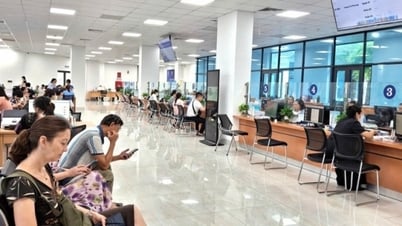






















































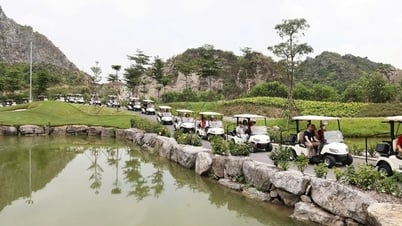







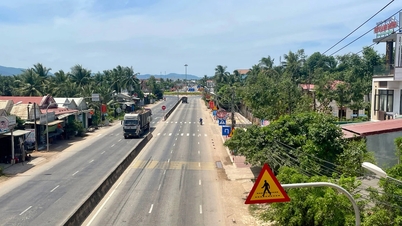












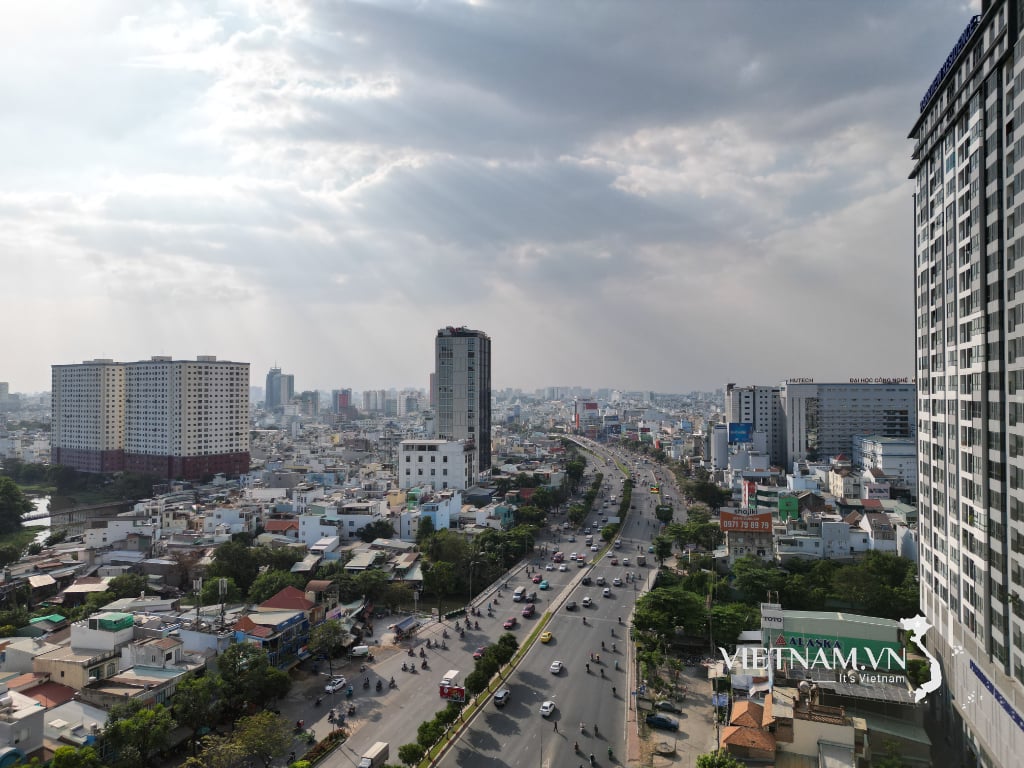


Comment (0)